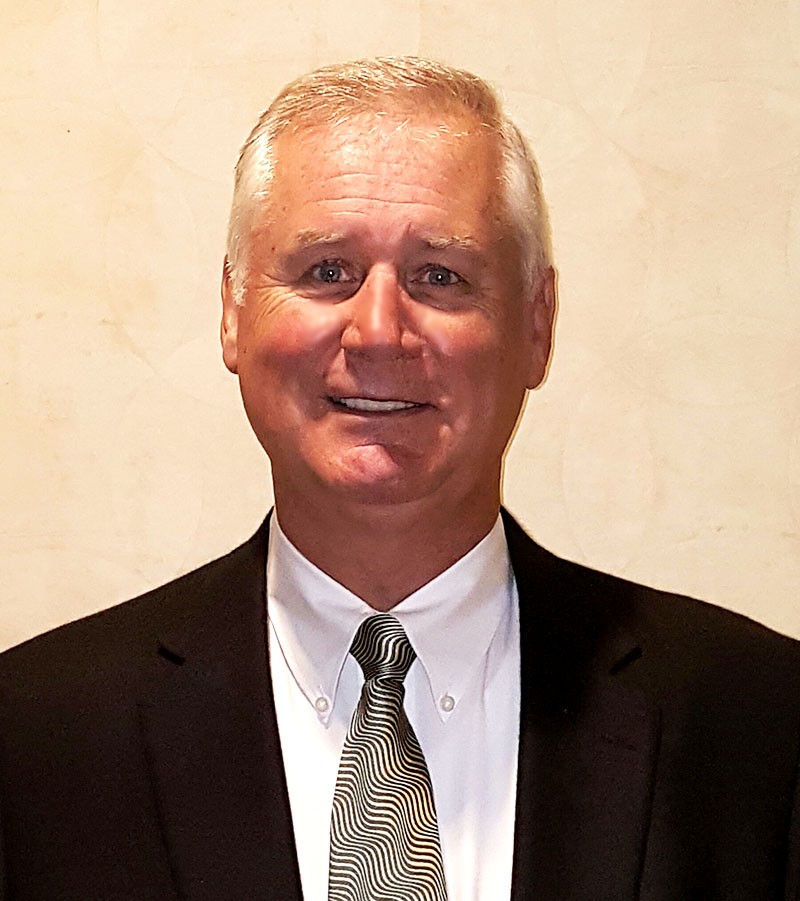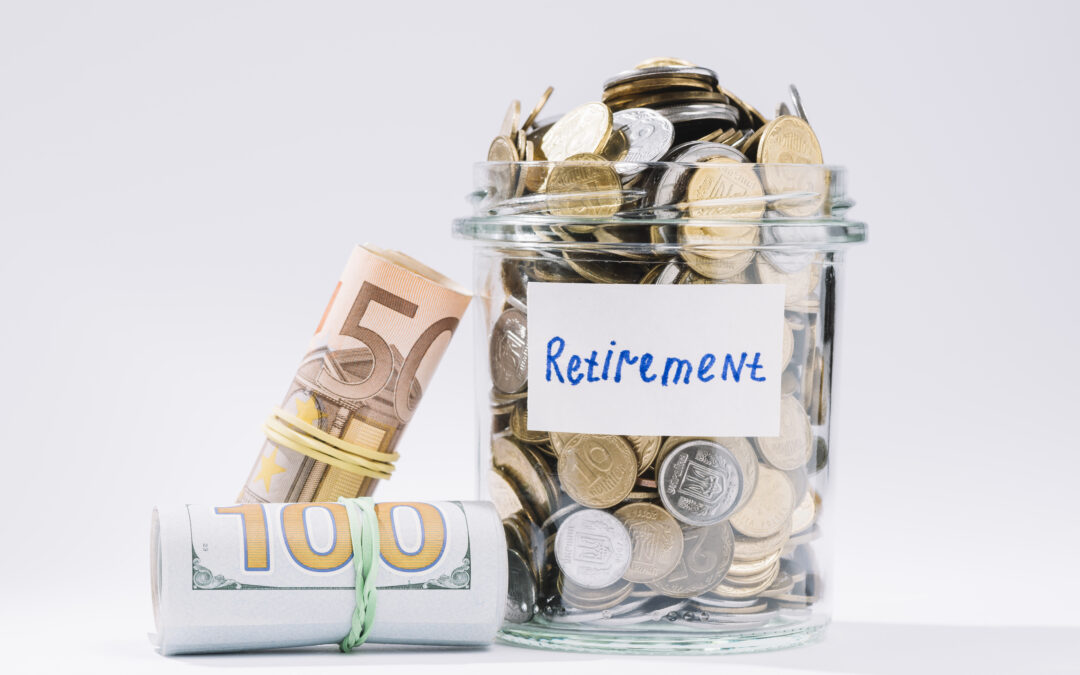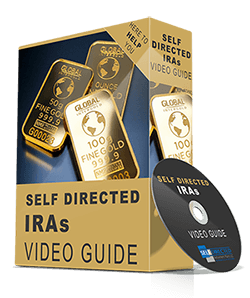How Long Will My Money Last in Retirement?
Planning how long your retirement savings will last depends on various factors, especially if you’re relying on a 401(k) or similar retirement account. Here’s a guide covering the factors that impact your retirement funds, ways to estimate their longevity, strategies to make them last longer, and some frequently asked questions.
Factors That Affect How Long Your 401(k) Money Will Last in Your Retirement?
Several elements play a role in determining how long your retirement savings will last:
- Savings and Investments: The more you contribute and the wiser your investment choices, the longer your retirement funds will last.
- Withdrawal Rate: The rate at which you draw money affects longevity. Lowering your withdrawal rate can help make your money last longer.
- Age of Retirement: Retiring earlier means you’ll need more years of savings to support your lifestyle.
- Life Expectancy: Increased life expectancy means planning for a longer retirement. Estimate based on your health and family history.
- Inflation: Inflation gradually reduces the purchasing power of your savings. Plan for this with a conservative growth estimate.
- Healthcare Costs: Healthcare and insurance costs often increase with age, so budgeting for medical expenses is key.
- Lifestyle and Spending Habits: Your lifestyle and priorities can have a major impact. A more luxurious lifestyle requires more substantial savings.
Estimating How Long Your Retirement Savings Will Last
Here are some strategies to help estimate how long your money will last:
- The 4% Rule: Withdraw 4% of your retirement assets each year, adjusting annually for inflation. This rule assumes a balanced portfolio but may need adjusting based on market conditions and your personal situation.
- Required Minimum Distributions (RMDs): For certain accounts, you must take minimum distributions after a certain age. Use RMDs as a baseline to avoid penalties while stretching out your savings.
- Guardrails Method: This technique sets minimum and maximum withdrawal rates to adapt to market performance, allowing you to adjust withdrawals during strong or weak markets.
Calculate your 401K balance at your retirement using this calculator.net 401K Calculator.
Strategies to Make Your 401(k) Last Longer
Here are some practical steps to extend the life of your retirement savings:
- Create a Retirement Budget: A budget can help you prioritize spending and control costs.
- Maximize Social Security Benefits: Delaying Social Security can increase monthly payments, reducing the amount you need to draw from your 401(k).
- Diversify Investments: A mix of stocks, bonds, and other assets helps balance returns and reduce risk.
- Manage Withdrawal Rates: Keeping your withdrawal rate lower can help extend the life of your savings.
- Consider Annuities: Annuities provide a steady income stream throughout retirement, helping you manage market volatility.
- Budget for Healthcare Expenses: Planning for medical costs can prevent surprises and protect your savings.
- Stay Informed: Regularly review changes in the financial landscape to make the best decisions for your 401(k).
- Consider Working Part-Time: Working part-time in retirement can provide additional income, reducing the strain on your savings.
Using a Retirement Calculator
Retirement calculators help estimate how long your savings will last. By inputting your age, income, savings, and planned retirement age, these calculators can provide an idea of your financial longevity in retirement. Popular calculators include:
- Vanguard’s Retirement Nest Egg Calculator
- T. Rowe Price’s Retirement Income Calculator
- Fidelity’s Retirement Score
- Bankrate Retirement Income Calculator
Things to Keep in Mind While Using a Retirement Calculator
While retirement calculators can be helpful, they are not without flaws. Here are some things to think about before you rely on them.
To begin, keep in mind that calculators have restrictions. They cannot foretell the future and do not consider every conceivable situation. While they might be a useful beginning point, enhancing their findings with extra research and professional guidance is a good idea.
Furthermore, different calculators may make different assumptions about how long 401k will last based on investment returns, inflation, and life expectancy. As a result, using different calculators to compare findings and gain a better understanding of what to expect is a smart idea.
Final Thoughts
Planning for retirement longevity involves careful consideration of your savings, spending rate, investments, and potential healthcare needs. Taking proactive steps with budgeting, maximizing Social Security, and consulting a financial expert can help you enjoy a financially stable retirement.
Consider Consulting a Financial Advisor
While calculators are useful, they don’t replace personalized financial advice. A financial advisor can provide tailored strategies and ongoing support to help you manage and optimize your retirement savings for a secure future.
Need assistance organizing your finances?
FAQs
How much money does an average individual require to retire?
When calculating how much you’ll need to retire, keep the 80% rule in mind. According to the 80% rule, you must replace 80% of your pre-retirement income. If you were earning $100,000 before retiring, you should be able to earn around $80,000 per year in retirement.
What proportion of my salary should I put up for retirement?
You should contribute at least 15% of your pre-tax income to your retirement savings account, often known as a 401(k). Because of your unique circumstances, the proportion you set aside for retirement may fluctuate. A retirement calculator can help you estimate how much money you’ll need in addition to Social Security.
What Is a 65-Year-Old’s Average 401(k) Balance?
The average 401(k) balance for a 65-year-old varies based on factors like income, savings habits, and market performance. As of recent data:
- Average 401(k) Balance: Around $280,000 for those nearing retirement (ages 60-69).
- Median 401(k) Balance: Typically lower, around $87,000 for the same age range.
These figures show a gap between the average and median balances, indicating that while some individuals have substantial savings, many have lower balances. Financial advisors often suggest that people aim for 8-10 times their annual income in retirement savings by age 65.
Is $1.5 million enough to retire at the age of 65?
Depending on your retirement objectives and plans, $1.5 million is enough to take $60,000 annually for 25 years.
Got More Questions?

Rick Pendykoski is the owner of Self Directed Retirement Plans LLC, a retirement planning firm based in Goodyear, AZ. He brings over 30 years of diverse experience as a financial advisor. Rick takes great pride in giving honest and very experienced advice. Rick can readily converse with business owners and people looking to take control of their retirement accounts.




